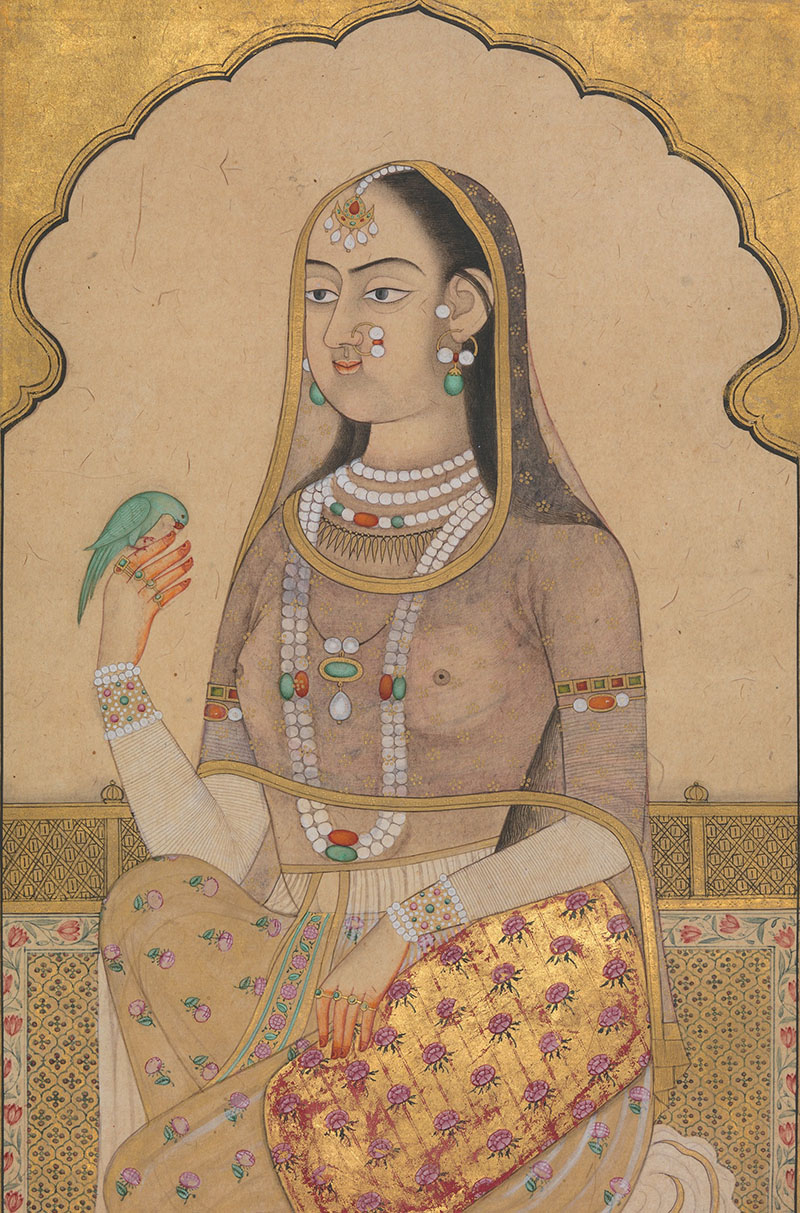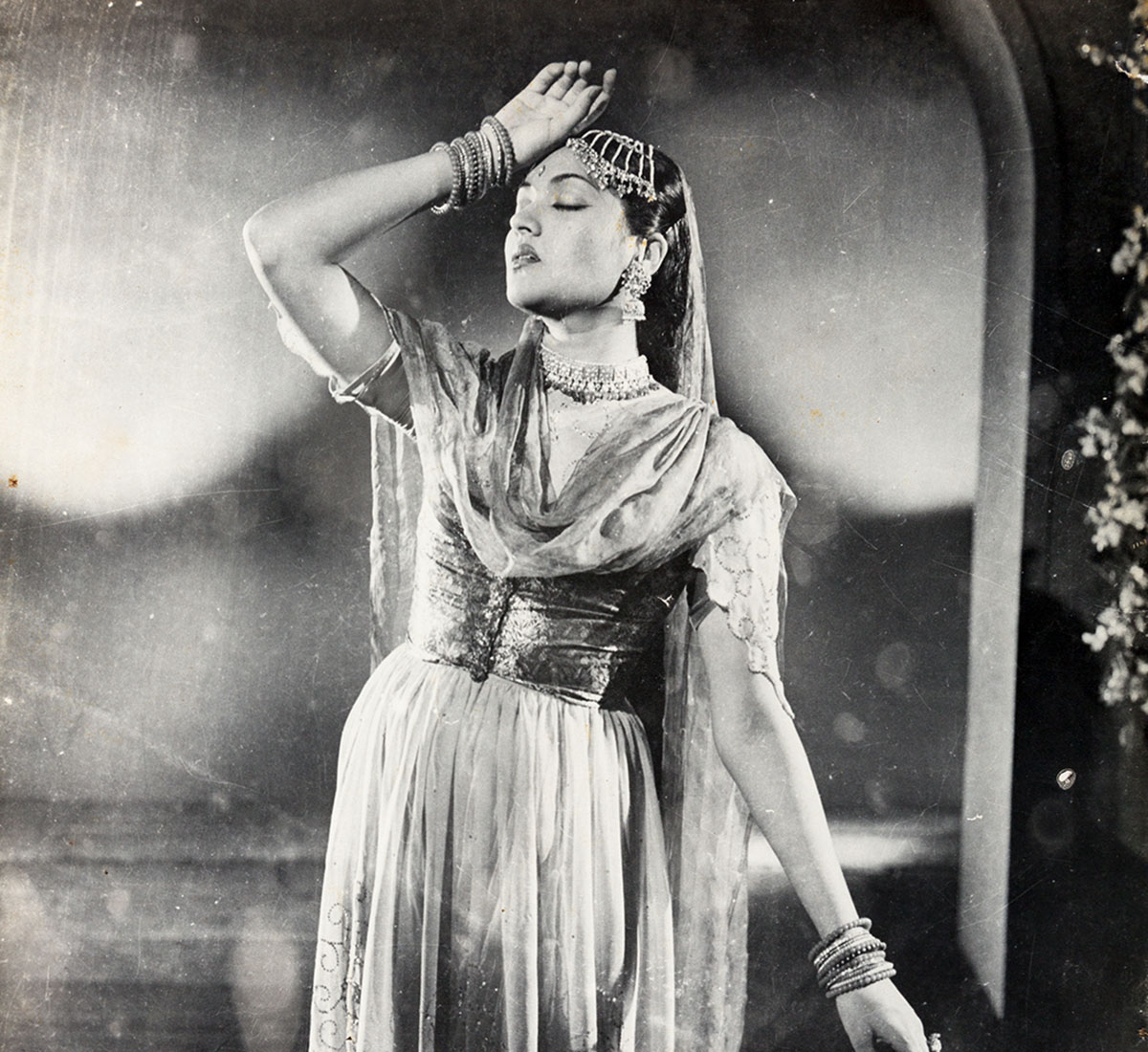ARTICLE
Dupatta
Though the use of the dupatta as a headdress and a symbol of modesty continues in several regions, it is often worn as a fashion accessory as well. In some communities, the dupatta – since it is an uncut, unstitched garment – is an important part of the puberty rituals for young girls. In parts of Gujarat and Rajasthan, it is worn over the head and tucked into the ghagra in such a way that it covers the bare back. It is also often used by women to cover their heads before entering a place of religious worship. More modern functions of the garment include using it as a protective garment against heat and pollution by covering the face, head and mouth.
Bibliography
Our website is currently undergoing maintenance and re-design, due to which we have had to take down some of our bibliographies. While these will be re-published shortly, you can request references for specific articles by writing to hellomapacademy@map-india.org.








